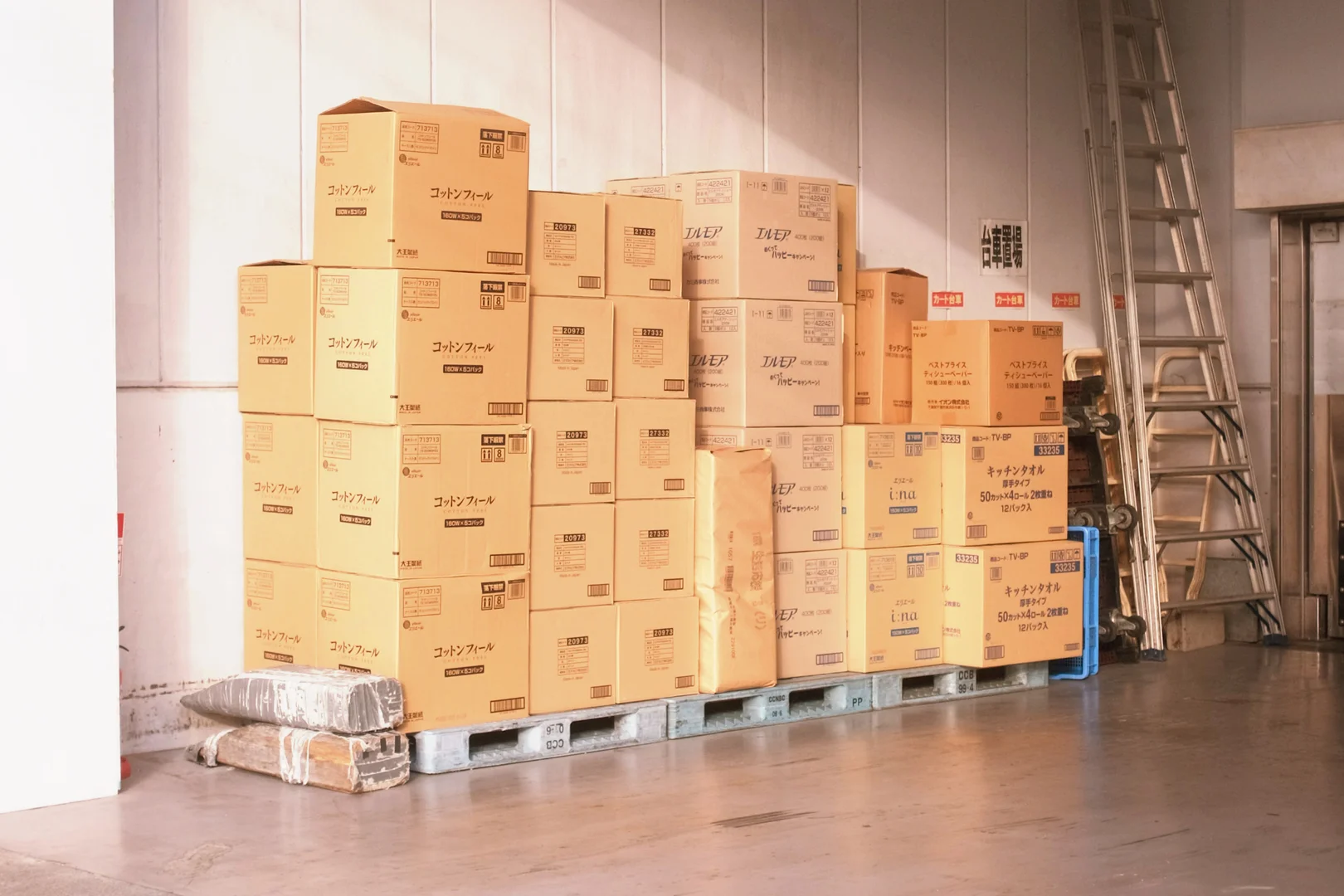
Guide to Amazon FBA returns: how to reduce and handle them
Product returns is a reality we all have to face. Whether it is by good-willed customers or scammers, even the best product is sent back at some point. Good management of returns is one of the key elements that separates great sellers from unsuccessful ones. Learn how to avoid losing money or brand reputation thanks to this guide.
Dealing with returns is frustrating for every seller. Not only you are losing money with the sale but also are likely to get a bad review in exchange. Amazon policy regarding product returns is very customer-friendly. In some categories, up to 10% of every product sold is returned, which leaves sellers exposed to big losses if they don't handle properly this situation.
When a customer returns a product it is not you who receives it, but Amazon. Once Amazon gets the product, it can be marked as unsellable, which leads many sellers to order Amazon to just throw it away. And often this is the wrong way to go. Many unsellable products are in a good condition. In this article we will explore how this can be checked and the options to resell products in different states. But first of all, how does Amazon classify returns?
Categories of Amazon FBA returns
Sellable returns
Products in this category are still fit for sale according to Amazon's quality standars. They will automatically appear on your active inventory and will be available to customers in the marketplace. If you want to double check the product's condition, you can do so by filling a removal order to check it yourself.
Damaged returns
A product labelled as damaged can't be resold. But it doesn't necessarily mean you have lost the money. If it was damaged because of Amazon's handling of the product, then you will receive a reimbursement. To avoid being to blame for damaged products, make sure products are well packed and sealed before sending them to Amazon.
Carrier damaged
When the transit company is the one to blame for the damage to the products, they're labelled as carrier damaged. You have the right for a reimbursement in these cases, unless you open a removal order for the damaged items. This is one of the easiest ways to get your money back from Amazon.
Customer damaged and defective returns
This is the worst possible scenario. Customer damaged and defective returns are not subject to reimbursements. On top of that, Amazon doesn't check that the customer chose the right return reason. The best thing to do is to open a removal order and see if it can be resold as new or used. Fighting to get a reimbursement rarely has a successful outcome, even if supporting evidence is provided, because of the FBA terms and conditions. But it is still worth fighting those cases and prove that the item was in good condition. Remember that negative reviews affect your brand and your product's ranking in the marketplace. If they add up, Amazon could end up suspending your seller account.
Steps to handle returns
When dealing with returns, these steps will help you deal with Amazon and reduce losses:
-
Save the return notification email Amazon sends.
-
Identify the return reason.
-
Check the returned products. If the return reason does not fit the product condition, reporting the buyer is the way to go. Take pictures and videos of the item and send them to Amazon.
-
Request a reimbursement. There are two possible cases when a return is requested:
- Refund without return. For some products, usually cheap ones, the customer doesn't need to return the product to get a refund. In these cases, you can request some compensation to Amazon.
- Refund with return. A customer has 45 days to return the product. But not all customers do. Theoretically, the reimbursement should be automatic in these cases, but it not always is. If over 45 days have passed and the product has not been returned, you should open a new case to Seller Support and let them know about the situation. After an investigation, they will give you your money back. This can be very time-consuming, so many sellers decide to use tools like Gorilla ROI to make it easier or an agency to completely take care of it.
How to reduce returns
There is no magic formula to avoid returns, but certainly these four actions will help you reduce them as much as possible.
- Inspect products before sending them to Amazon. Making sure all your products are in good condition when shipped will reduce return rates. Even small scratches or defects that might seem trivial to you can make a customer return the product.
- Provide pictures and videos as detailed as possible. High resolution images, close-ups, videos showing the product around, etc. make the customer have a clearer idea of what he or she is buying, thus reducing the probability of return. Also, provide a photo for every variant available of your product.
- Include an accurate product description. Don't promise more than the product can offer. And be specific, provide the materials used, warranty information, exact measures and dimensions, weight, etc. Once again, the more the user knows about the product in advance, the less probability of disappointment and return.
Conclusion
Dealing with returns is a challenge faced by every Amazon FBA seller. Amazon's customer-friendly policy towards returns exposes sellers to losses and bad reviews if not properly handled. If you need help dealing with returns or would like to start your path on Amazon, let us help you through our contact form or send us a message to contact@soemlabs.com.
Book a meeting with one of our Amazon experts to discover how to grow your business. Free and without compromise.